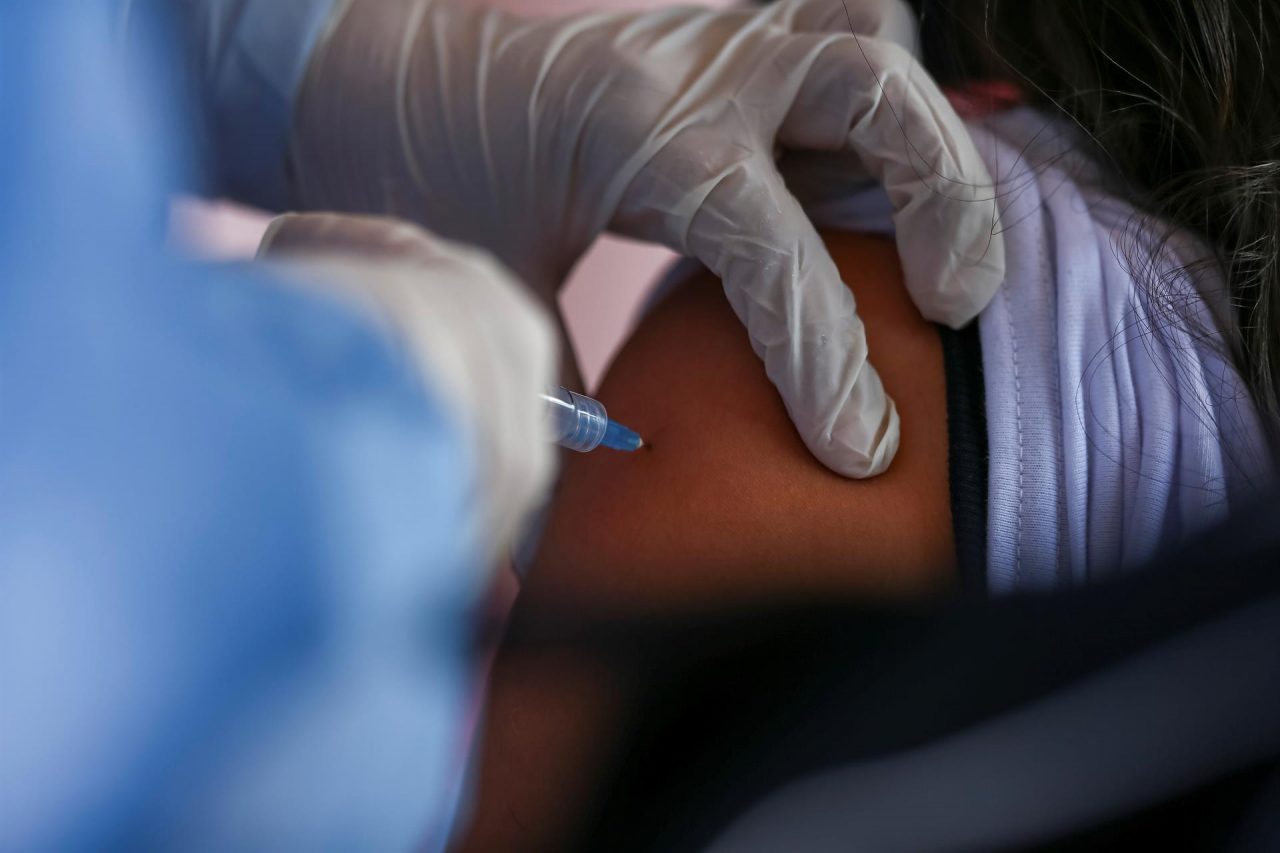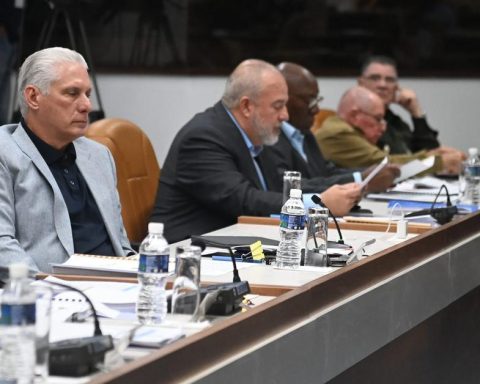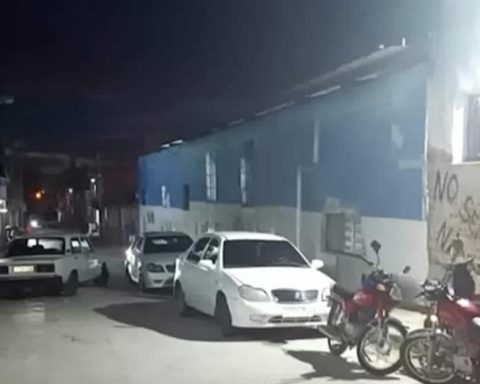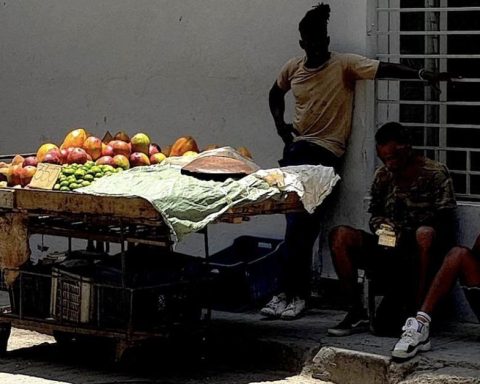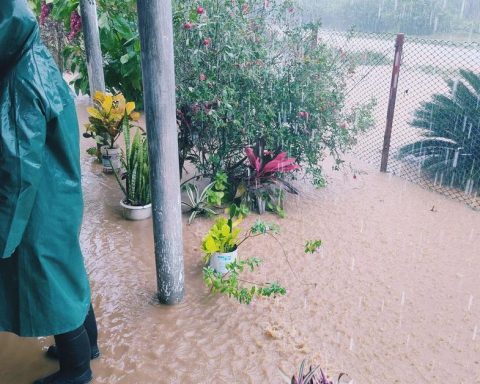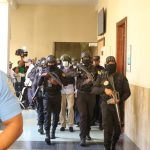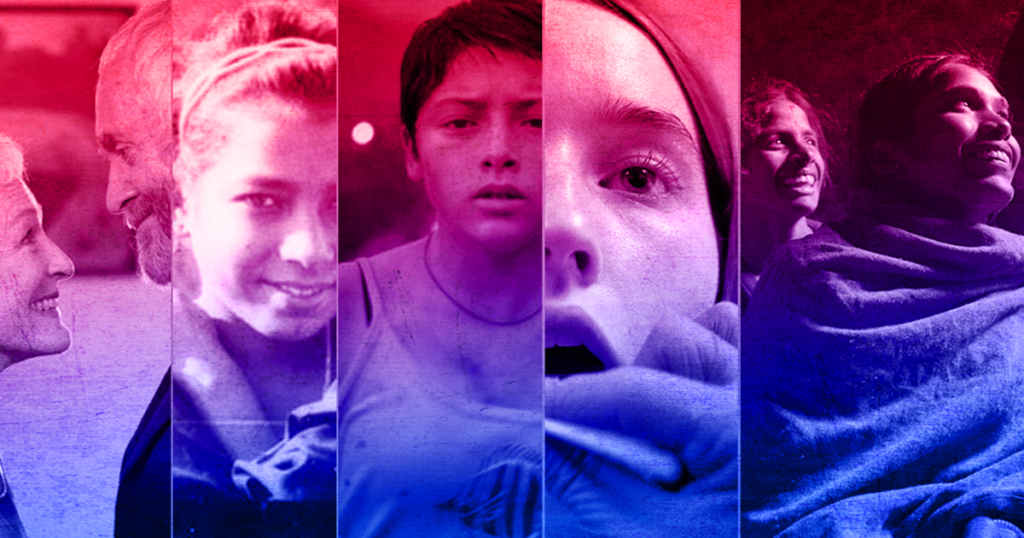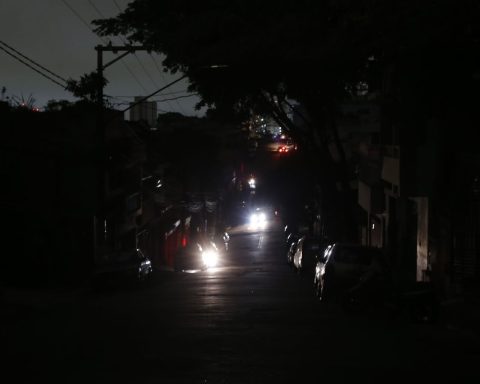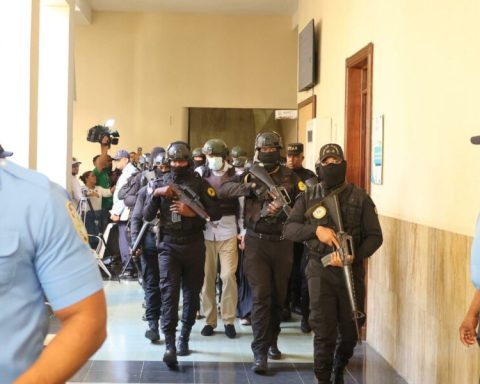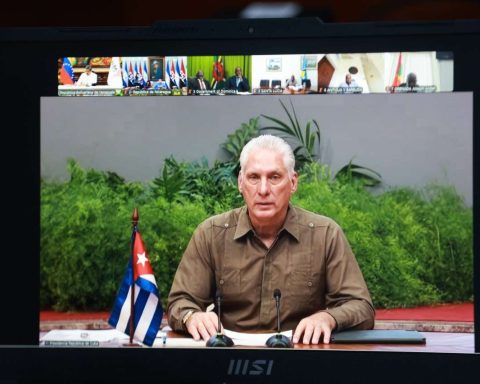Ecuador ends 2021 with some 335,000 additional infections to those of 2020, for a total of 547,186 until this December 30, 2021.
Compared to the dramatic moments from March to May 2020, when images of corpses on the streets of Guayaquil made headlines around the world, or with the collapse of hospitals through the first quarter of 2021, Ecuador’s situation has improved in unusual ways in the second half of the year.
Because despite the annual growth of 158% in infections, there has been a notorious drop in hospital occupancy and deaths.
Vaccination plan
Behind this containment, which of course has had its parentheses coinciding with periods of local festivals, is a massive vaccination between May and September.
In Ecuador 78% of the target population over 5 years of age is vaccinated with the full schedule, and almost a million of them with booster doses, the product of an energetic action on the part of the current president Guillermo Lasso, that in his electoral campaign he had promised to put an end to the disorder of previous months in which the country was almost without vaccines.
Danilo Calderón, who during 2020 was director of one of the sentinel hospitals against covid-19 in Quito, explained to Efe that vaccination has contributed to the fact that infections “are not the same way.”
“Yes, it is true that there may be more infections, but they are no longer in the same way with the immunological resistance that the vaccine represents,” he said when comparing both periods.
Vaccination contributed to a considerable reduction in pressure on the health system and, in particular, on intensive care units (ICUs), which were saturated down to the corridors throughout 2020 and also during the first months of 2021.
The high increases this December in infections, added to the arrival of the omicron variant in the country (24 confirmed cases and 27 under suspicion), have turned on the red light and the authorities have declared immunization as “mandatory.”
It is not about “a military or a policeman going to get one for vaccination,” the president of the College of Physicians of Pichincha, Víctor Álvarez, explained to Efe, but rather to establish “a legal framework” so that “the resolutions of the The Emergency Operations Committee (COE) are not just “exhortations” and serve to apply sanctions.
These measures consist of restricting access to non-essential public spaces – hospitals and educational centers remain outside, for example – to those who do not present the vaccination card with a complete schedule.
And he valued that “a crisis like last year” is unlikely, but a possible congestion of the health system.
Increase in death toll
The vaccination management, with the arrival of more than twenty million doses in the so-called “vaccine diplomacy” of Lasso, It has also reduced deaths dramatically, with 8,356 cases confirmed by the virus in 2021 and 1,523 cases described as “probable”.
A total of 9,879, according to the balance of the Ministry of Public Health released this Thursday.
The first year of pandemic was charged in Ecuador the lives of 15,490 confirmed with the virus and another 8,303 “probable”, for a total of 23,793.
The impact can also be seen in the statistics of «excess deaths», that is, those certified in the Civil registration that exceed normal and have not been classified as Covid-19.
Economic reactivation
Another aspect that has benefited the most from vaccination has been the economy, which, although it is still far from a complete recovery, has begun to lift its head.
This year that concludes the Ecuador GDP will grow around 3.5% after a fall in 2020 of 7.8%, and the most optimistic results of the government They foresee that next year all the ground lost in 2020 can be recovered.
International organizations, however, show greater caution, 2.5%, while waiting to see the results of the latest reforms introduced by Lasso and those that it intends to apply in 2022.
